2019-02-21
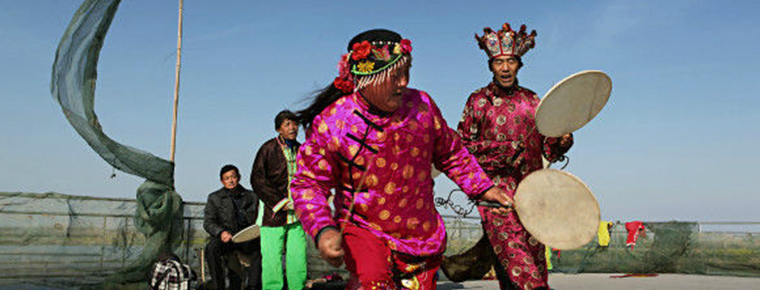
- By ChinaWiki.net
- Chinese Edition
- 2019-05-03
Fishing Drum of Hongze Lake
The fishing drum of Hongze Lake, also known as Duan Encouragement, is a form of dance in which the singing and dancing were combined in a specific area when the old Shenhan burned paper for fishermen to pray for their vows or altars. It originated from Mudun Island (the only island in Hongze Lake) and Hongze Lake area in Sihong County, Suqian City.
In November 2014, the fishing drum of Hongze Lake declared by Hongze County and Sihong County of Jiangsu Province was listed in the fourth batch of national intangible cultural heritage list with the approval of the State Council.
historical origin
Situated in the middle reaches of the Huaihe River, Sihong County has a total area of 2,730 square kilometers, a population of 1.05 million, 40% of the surface of Hongze Lake, a National Wetland Nature Reserve of Hongze Lake, with beautiful scenery, outstanding people and profound cultural heritage. There are two origins of fishing drums in Hongze Lake: one is "Chinese Dance Records Jiangsu Volume", "Duangu Encouragement" originated from the Manchu custom - Dancing God. With the exchange of folk culture between North and South, it spread to Hongze Lake area and became the folk custom of fishermen exorcising evil spirits, respecting Lake gods and blessing harvest in the lake area. Secondly, according to the records of Hongze Lake area about "Duangu originated from Tang Dynasty": when the Tang King held a land and Water Conference on Mudun Island, Hongze Lake, fishermen used fish skin to make one-sided drums and beat one-sided drums while beating one-sided, resulting in "Duangu encouragement". During the Ming and Qing Dynasties, Duangu became the most prosperous. When fishermen continue their genealogy, sacrifice, arrest and lantern festival, they should set up altars to hold the activities of beating drums. Later, artists in the lake area added labor simulation to the dancing of Duangu. At the same time, "Duangu" was renamed "Hongze Lake Fishing Drum". Nowadays, the form of "beating drums" is spreading in Weishan Lake area of Shandong Province.
artistic characteristics
The basic contents of the exhibition of fishing drums in Hongze Lake are as follows: firstly, according to the procedure of setting up altars; secondly, the procedure is strict and solemn, including opening altars, exhibiting drums, worshipping altars and sacrificing gods; thirdly, the exhibition is mostly carried out on the lake surface, with two large boats as the stage, the audience sitting on their own boats and watching, with various gods hanging on the background cloth and decorating carved patterns. During the exhibition, the artist wore gorgeous clothes, with a one-sided sheepskin drum shaped like a banana fan on his left hand and a fine bamboo stick on his right hand, striking the drum face with the rhythm of the drum. His body swayed with the hull, like a boat walking in the water. Sometimes it directly simulates the action of netting. There are music, dance, rap, singing, singing rhymes and rhymes, which are exquisite and interesting. His representative works include Zhang Lang's divorce, Wei Zheng chopping dragons, Tang Wang's traveling to the prefecture, Liu Wenlong's rushing to take an examination and so on. The main tunes are "shouting God's curse" and "chanting Buddha's memorial".
Main characteristics
The main features of Hongze Lake Fishing Drum Exhibition are comprehensive cultural and artistic characteristics. In addition to music, dance and rap, painting and paper carving are indispensable to the setting of the altar. Dance movements include martial arts and acrobatics, which is a comprehensive cultural art. The second is the unique dance movements and steps, such as "merchant leg", "scissors step", "double driving cloud", "wearing flowers", "walking round field", "walking light" and so on. Simulated labor movements include "casting net", "dismantling net", "withdrawing net" and so on.
Inheritance significance
The fishing drum of Hongze Lake has very high historical and cultural value and cultural and artistic value. For hundreds of years, it has carried the skills of fishermen's production and life in the lake area, retained and inherited the folk customs and arts that the lake area is facing with loss, recorded many cultural information in the lake area, and reflected the process of the lake area's history and culture. This ancient cultural manifestation truly reflects the aesthetic orientation of fishermen in different times, and its evolution has witnessed the politics and economics of the lake area. The course of economic and cultural development.
Inheritance and protection
In 2006, 2007 and 2009, the fishing drum of Hongze Lake was listed in the list of representative protection projects of Sihong County People's Government, Suqian Municipal People's Government and Jiangsu Provincial People's Government. In December 2014, it was published as a list of national non-heritage conservation projects by the State Council. At present, there are three representative inheritors at the municipal level and one representative inheritor at the provincial level. The people's government of Sihong County attaches great importance to the protection of the fishing drum of Hongze Lake, an ancient traditional dance. In line with the principle of "protection first, rescue first, rational utilization, inheritance and development", the People's Government of Sihong County has formulated the "protection plan for fishing drum of Hongze Lake", established a heritage base and Wang Yugao's boathead Institute in semi-cities and towns, and fully guaranteed them in terms of policy, organization and funds. The skill of fishing drum in Hongze Lake is being inherited in an orderly way.
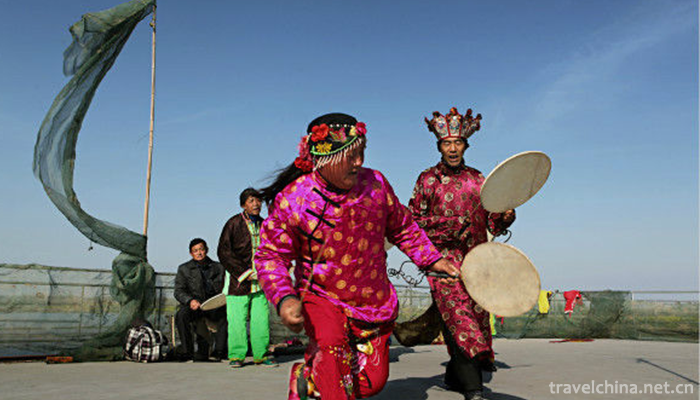
Ask a Question
Your email address will not be published.
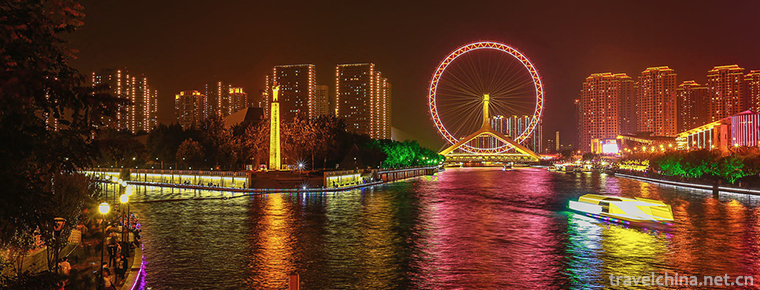
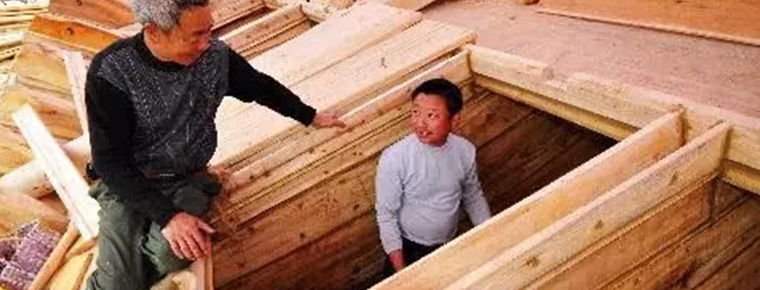
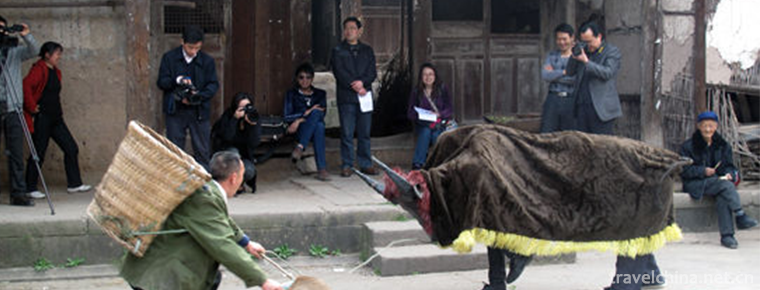
0 Questions